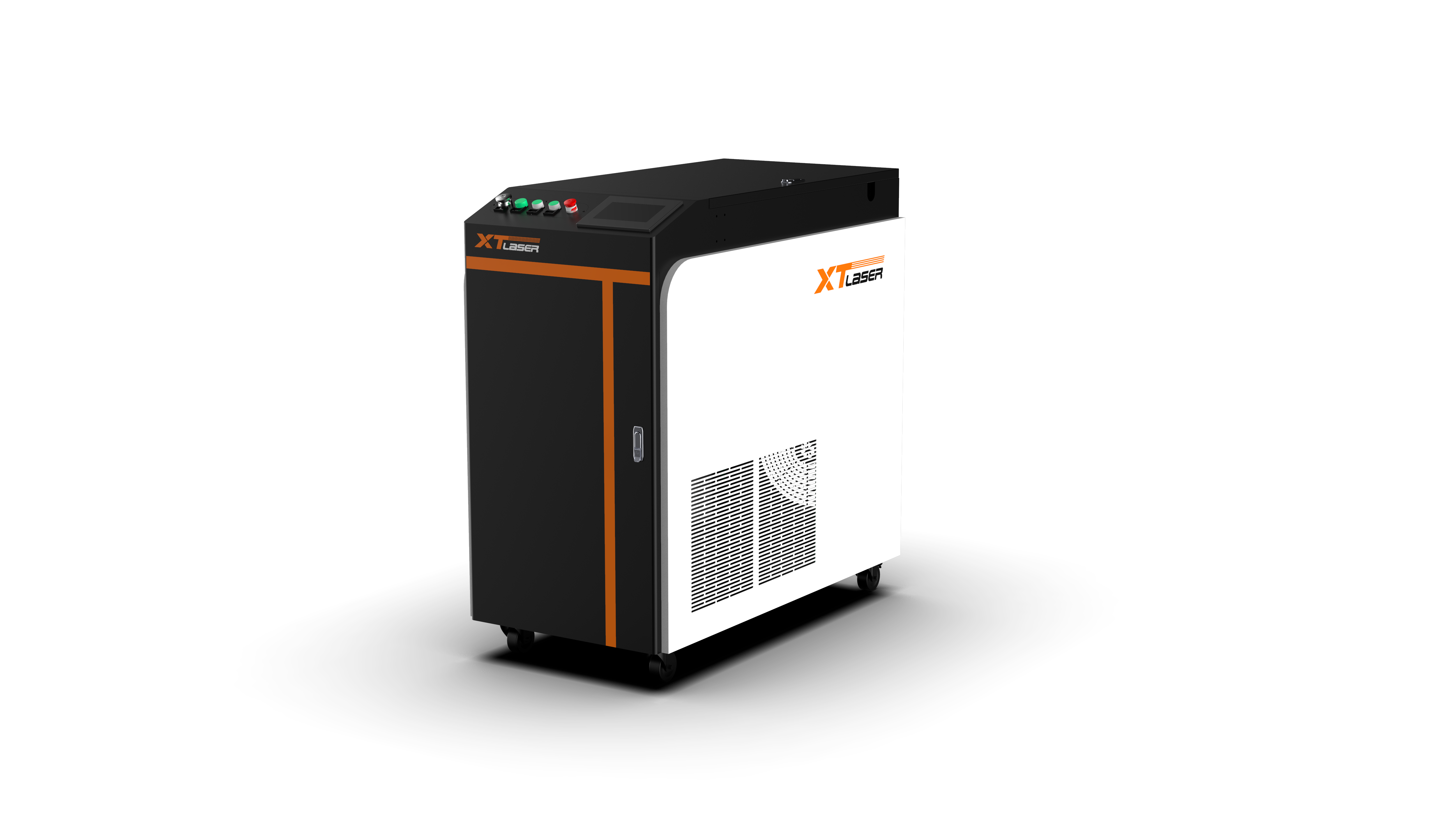Laser welding machine advantages–Jenny
Laser welding machine advantages

Good processing stability
The heat input can reduce to the minimum requirement amount. The metallographic change range of the heat-affected zone is small. And the deformation cause heat conduction is also the lowest. Laser welding machine advantages.
High processing efficiency
It can reduce the time required for welding thick plates and even save the use of filler metal.
Less machine loss Laser welding machine advantages
There is no need to use electrodes. And there is no concern about electrode contamination or damage; non-contact welding process. The wear and deformation of the equipment can minimize.
Wide processing range Laser welding machine advantages
The workpiece can place in a closed space (under vacuum or internal gas environment under control). The laser beam can focuse on a small area, can weld small and closely spaced parts. It can weld a wide range of materials, and can also join various heterogeneous materials. It is easy to automate high-speed welding and can also controlle digital or computer. When welding thin materials or thin-diameter wires, it is not as easy to trouble as arc welding.
Small processing conditions
It is not affecte the magnetic field (arc welding and electron beam welding are easy). And can accurately align the weldment. Two metals with different physical properties (such as different resistances) can weld. No vacuum or X-ray protection is require.
Laser welding is a non-contact process that requires access to the weld zone from one side of the parts being welded.
The weld is form as the intense laser light rapidly heats the material-typically calculate in milli-seconds.
There are typically three types of welds:
– Conduction mode.
– Conduction/penetration mode.
– Penetration or keyhole mode.
Conduction mode welding is performed at low energy density forming a weld nugget that is shallow and wide.
Conduction/penetration mode occurs at medium energy density, and shows more penetration than conduction mode.
The penetration or keyhole mode welding is characterized by deep narrow welds.
– This direct delivery of energy into the material does not rely on conduction to achieve penetration.
And so minimizes the heat into the material and reduces the heat affected zone.



